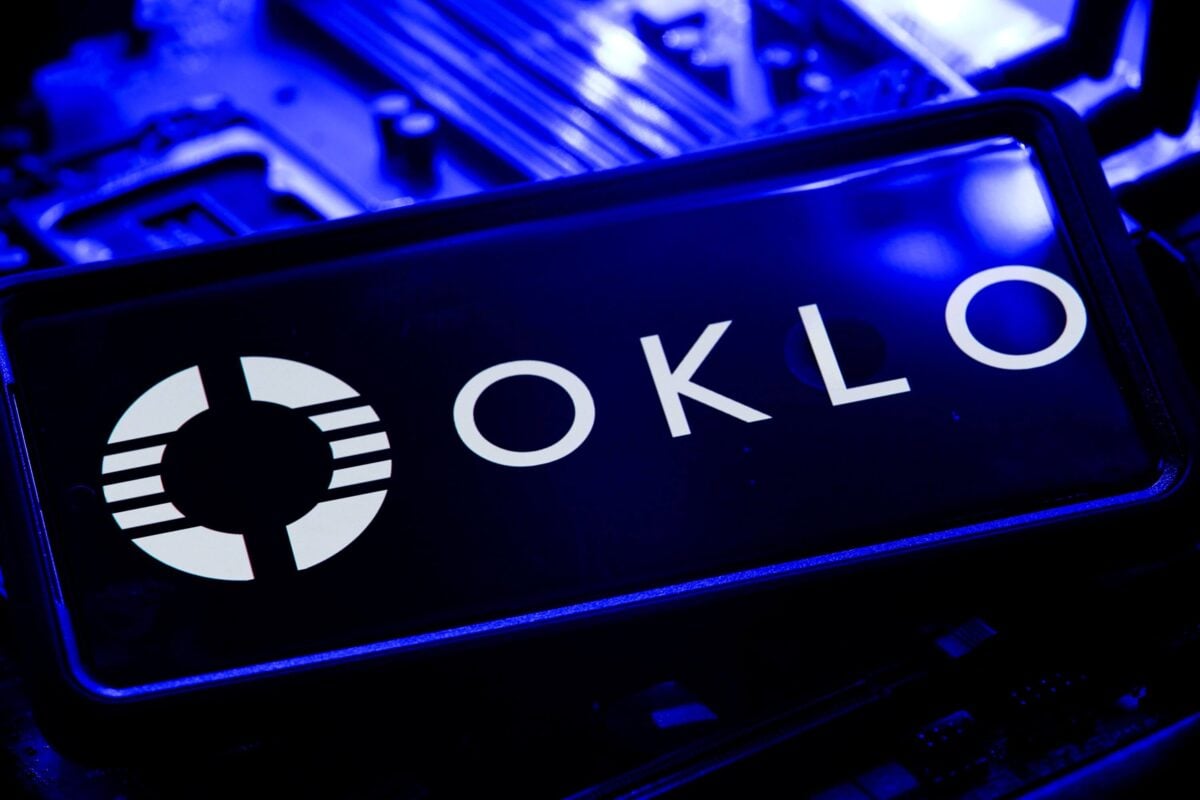TLDR
- Oklo stock has surged nearly 900% this year but dropped 12% to around $139 on October 21 after hitting highs above $160.
- The company announced a $2 billion fuel partnership with Europe’s newcleo and Sweden’s Blykalla to build advanced nuclear fuel factories in the U.S.
- Oklo has been selected for two U.S. DOE pilot programs under the Trump administration and plans to file its reactor license application before year-end.
- Wall Street analysts give Oklo a “Hold” rating with an average price target around $90-$98, suggesting 30% downside from current levels.
- The company remains pre-revenue with about $226 million in cash and a monthly burn rate of roughly $4.3 million, meaning it will need to raise more capital through share dilution.
Oklo shares dropped about 12% to $139 on October 21, pulling back from recent highs above $160. The Santa Clara company has still climbed nearly 900% in 2025, with roughly 650% of those gains coming since January.
The rally stems from growing energy demand driven by AI data centers and favorable government policies. But the recent dip shows investors are starting to think twice about the valuation.
On October 17, Oklo announced a partnership with Europe’s newcleo and Sweden’s Blykalla. The deal brings up to $2 billion in investment to build advanced nuclear fuel factories in the U.S.
CEO Jacob DeWitte said the partnership will “eliminate a legacy liability while creating an abundant near-term fuel source.” The plan uses surplus plutonium to speed up reactor deployment.
The company has landed spots in two U.S. Department of Energy pilot programs. These include the Advanced Nuclear Fuel Line program and the Reactor Pilot program.
Both initiatives fast-track Oklo’s fuel production and reactor licensing under the Trump administration’s nuclear agenda. Interior Secretary Doug Burgum called it “yet another win for President Trump’s American Energy Dominance Agenda.”
Regulatory Progress and Licensing Timeline
Oklo completed an NRC pre-application assessment for its first Aurora reactor at Idaho National Lab. The company plans to file a combined license application before the end of 2025.
This represents real progress after Oklo’s first application in 2022 was rejected on technical grounds. The company’s updated design is now under review.
But there’s still no guarantee the license will be approved. The NRC moves slowly and carefully, especially with new reactor designs.
Oklo’s Aurora reactor uses sodium-cooled fast-reactor technology. No company has operated this type of design commercially at scale.
Financial Reality Check
The company currently holds about $226 million in cash. It burned through $52.1 million in operations over the past twelve months.
At that rate, Oklo has roughly 4.3 years of runway. But that burn rate will jump sharply once construction starts.
The company has already diluted shareholders by about 21% through share issuances over the past year. More dilution is almost certain as Oklo needs massive capital to build its first reactors.
Oklo is pre-revenue and analysts don’t expect profitability until around 2030. Revenue might exceed $1 billion by 2031.
Yet the company carries a market cap near $24 billion. That’s a hefty price tag for a startup with no operating reactors.
Twenty analysts covering Oklo give it a “Hold” rating. Their average 12-month price target sits around $90 to $98.
That implies about 30% downside from current levels. Price targets range wildly from $65 at UBS to $175 at Canaccord.
Wedbush’s Daniel Ives set a $150 target. Bank of America and Goldman Sachs have downgraded the stock to neutral, citing high execution risk.
The broader nuclear sector is riding high on hopes of an energy renaissance. Major tech companies including Amazon, Google, and Meta back plans to triple global nuclear capacity by 2050.
Small modular reactors like Oklo’s are seen as ideal for powering AI data centers. Trading volume remained heavy through mid-October as investors piled in, though profit-taking began as the stock approached $160.
BloombergNEF analyst Chris Gadomski compared the current SMR excitement to the dot-com bubble. He warned that the capital needed to build commercial reactors is enormous.






